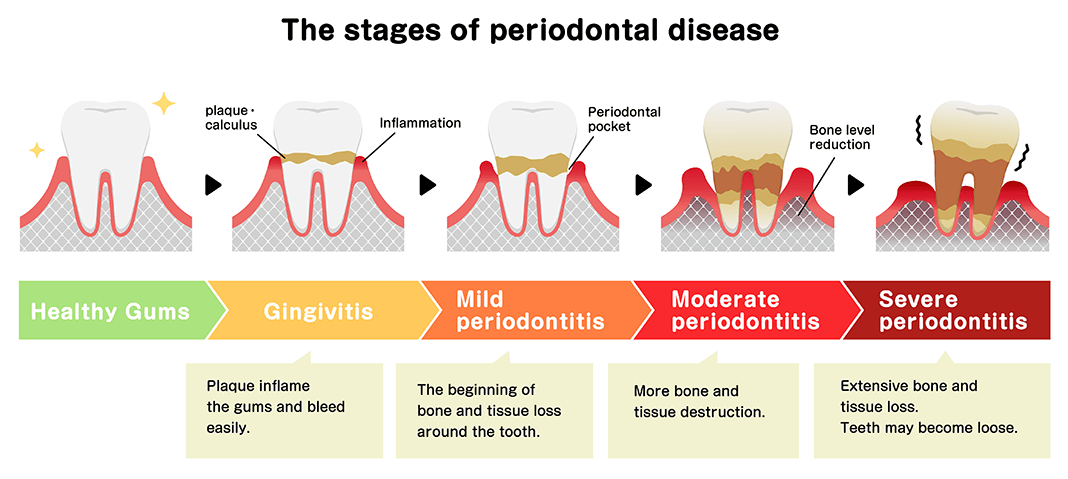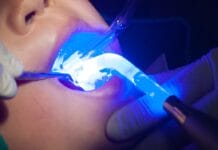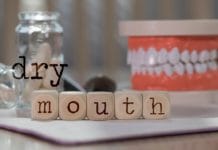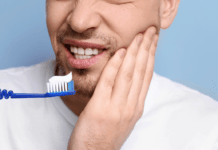Do you remember your health and sex education classes in middle and high school? Some of us might remember the images we were shown of sexually transmitted diseases, the stuff of nightmares, and can’t erase those images from our brains.
What if we, dental practitioners, had a memorable way to show our patients what they are doing to their teeth and even what their teeth could look like if they continue on their current oral hygiene routine? Could that work just like those images in sex ed worked for many of us?
Researchers decided to create a visual learning experience based on periodontal diseases, which they discuss in their article: A Quality Improvement Project to Assess the Use of Visual Aids to Improve Understanding and Motivation in Periodontal Patients. They argue that the only real way to get their patients to truly understand what they may face in the future if they don’t change their routine now is to show them what will happen with images that will stick with them for a long time.
Dental Maintenance Appointments
In the average dental maintenance appointments in the U.S., hygienists usually end their exams by explaining their findings, give OHI, and what could use improvement before giving the swag bag of toothbrushes, floss, and toothpaste.
Some patients may take this advice and increase their hygiene skills. Most listen to this advice, but continue on just as they have because they can’t fully understand or visualize the actual damage that they are causing. It just doesn’t seem so important.
Our patients need to be motivated to change their behaviors, and to do that, they must truly understand what is at stake and where they are headed when it comes to their teeth and their looks.
Visual Aids

The research team created visual aid leaflets that explained what periodontitis is, what it looks like, and what can be done to halt it, all accompanied by relevant images. QR codes were included that directed patients to YouTube videos that explain each process further.
Each periodontal patient was given a leaflet, and the information in the leaflet was explained by either the dentist or the hygienist in as much detail as possible considering the time restraints they have due to the arrival of their next patients.
The more time you take now to explain periodontal disease, along with showing memorable images, the less time future appointments may take trying to “clean up” the lack of home care that the patient should be doing themselves with proper education and practice.
Each patient goes home with the visual aid as a reminder to fix their routine. The changes they make should be consistent with what is already known in the scientific community regarding education with visual aids. They encourage a deeper understanding of one’s own condition and the change in a person’s attitude and approach, causing them to make healthier choices.
100% of the patients in this particular study agreed that the visual aids helped them tremendously and should be used for all treatment needs identified in the dental office, such as dental caries with children and young adults, for example.
The Best Course
It may be prudent for each area, of each state or country, to create their own visual aids based on their specific population and the education they have and languages they speak. Straightforward and factual information was appreciated, along with the memorable images that took them step-by-step through the process of addressing treatment needs.
What truly helped was the images of what the actual disease looked like, which makes it easier to identify problem areas in one’s own mouth when a patient knows what to look for.
In this study, there weren’t any tangible models used in the end-of-appointment discussions, which may help patient understanding even further. The use of visual aids is helpful and essential in the proper treatment of our dental patients. They should be incorporated in most aspects of care if they aren’t already utilized in your personal practice.
Most importantly, people have a hard time imagining their teeth looking any different from what they do at this time. An image of serious periodontal disease gone rogue is great encouragement towards change.










